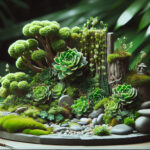Introduction to Crassula Bonsai
Imagine a miniature Zen garden thriving on your windowsill, a tiny tree with a presence that belies its size. This is the essence of Crassula bonsai, capturing the imagination of plant enthusiasts and meditative souls alike. But what makes this succulent bonsai stand out? Let’s delve into the appeal and background of crassula bonsai, distinguishing it from its bonsai brethren.
Crassula species, with their thick, woody stems and glossy leaves, miniaturize the traditional tree form in a way that few plants can. One might say they are nature’s sculpture; a small piece of art that grows and evolves with time. Unlike the more familiar pines or maples used in bonsai, crassula offers a unique texture and silhouette that brings a distinctive tranquility to the practice.
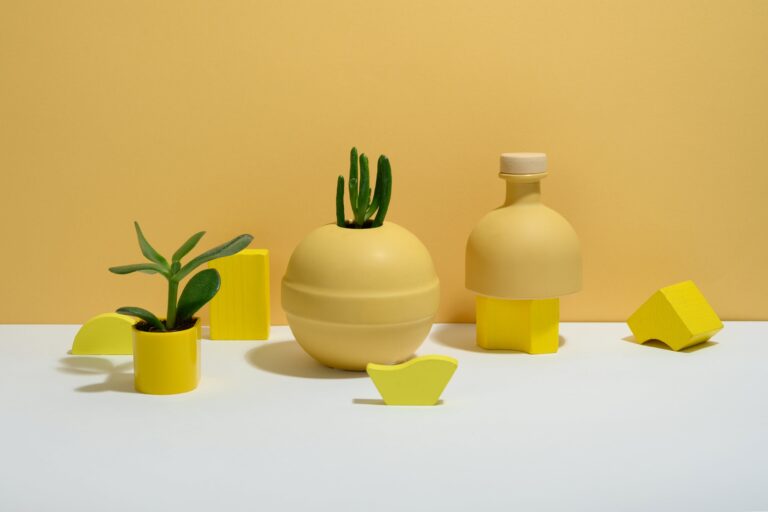
To understand crassula bonsai is to appreciate its resilience and versatility. These succulents are adept at thriving in various conditions, making them an excellent choice for both beginners and seasoned bonsai cultivators. The crassula, often associated with prosperity and fortune, serves not only as a decorative element but as a living symbol of growth and perseverance.
While crassula bonsai care is less demanding than other varieties, it’s no less rewarding. The subtle shifts in leaf color, the emergence of delicate flowers, and the gradual thickening of its jade-like trunk all contribute to a satisfying, long-term cultivation experience. For an in-depth exploration of nurturing these fascinating plants, one can refer to a comprehensive care guide, ensuring that your crassula bonsai not only survives but thrives.
Step into the world of crassula bonsai, and you may find it to be a gateway to patience, artistry, and an ever-deepening connection to the natural world. With its rich background rooted in bonsai tradition, yet set apart by its distinctive character, crassula bonsai stands as a testament to the beauty of simplicity and the power of miniature landscapes.
The Art of Selecting Your Crassula
Imagine stepping into a serene Zen garden, the air redolent with tranquility, and right at the heart of it is your miniature masterpiece, a crassula bonsai. Selecting the perfect crassula plant isn’t just about grabbing the first green thing you see at the nursery; it’s an art form, a prelude to your bonsai journey. Let’s talk about finding that ideal specimen that will spark a connection and grow into a living sculpture in your care.
Size matters in the realm of bonsai, but not in the way you might think. We’re not searching for the giant of the plant world; rather, we want a crassula that’s just right. A small plant with potential can be nurtured to become more majestic over time. Look for a plant with a sturdy trunk and robust, well-distributed branches. A compact size with these features suggests resilience and a readiness for shaping.
Remember, the shape of your crassula is the canvas for your bonsai artistry. You’ll want a variety of angles and curves that draw the eye and ignite the imagination. A good crassula bonsai often has a sense of movement, a poetic lean that whispers of windswept landscapes and the passage of time. Consider the plant’s natural lines and how they will complement your design vision.
Now, let’s talk health—vital for both your plant and your peace of mind. Crassulas should have a radiant, lively color, free from spots or yellowing, which can indicate stress or disease. Succulent leaves should be plump and unblemished, a sign they’re well-hydrated and happy. Inspect the roots if possible; they should be clean and free from rot, ready to anchor your bonsai for the long haul. A healthy plant is a promise of growth and beauty for years to come.
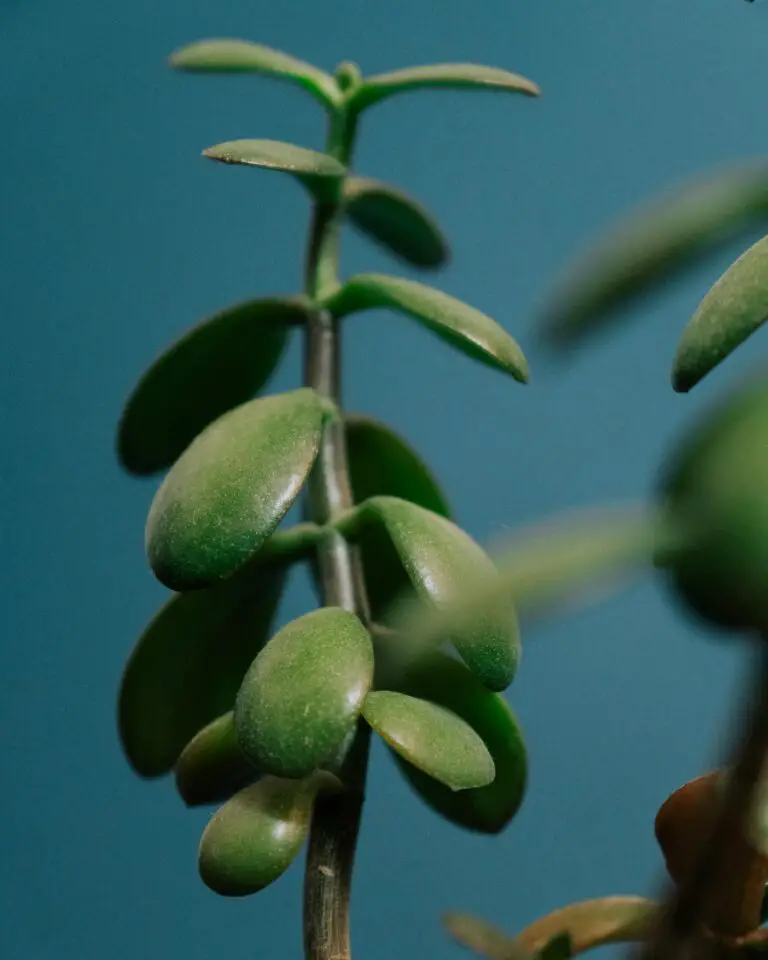
If you find yourself unsure about what to look for in a plant, don’t hesitate to seek guidance. Our knowledgeable staff can help steer your quest for the perfect crassula bonsai, offering insights refined by years of experience.
Remember, each bonsai is a unique expression of the grower’s spirit and the natural essence of the plant. The right crassula for you is one that you feel a bond with—one that speaks to your inner bonsai master. As you hold your potential crassula, envision the future pruning, shaping, and perhaps even the gentle wiring that will guide it into its final, breath-taking form. Let your intuition and these tips lead you to that one crassula that will flourish under your devoted attention, becoming the centerpiece of your very own miniature Zen garden.
Essential Tools for Crafting a Crassula Bonsai
Imagine this: You’re all set to transform a humble Crassula into a symbol of tranquility—a miniature Zen garden that embodies wabi-sabi, the beauty of imperfection. But what’s a master without their tools? Whether you’re a seasoned bonsai enthusiast or a green-thumbed beginner, being equipped with the right arsenal is key to nurturing your Crassula bonsai’s journey to miniature grandeur.
Pruning Prowess:
The art of bonsai is all about selective trimming, ensuring your tiny tree doesn’t grow out of style. For the Crassula’s plump leaves and robust branches, you’ll need a pair of sharp bonsai shears. These shears are the quintessential bonsai tool, their precision blades designed to promote quick healing with every strategic snip. Each cut is a thoughtful step towards your bonsai’s aesthetic destiny. Be sure to check out resources like MorningChores for tool recommendations tailored to bonsai novices.
Wiring Wonder:
Now let’s talk about wiring—a technique that soundtracks your bonsai’s growth with gentle guidance. With an assortment of bonsai wires, you’ll coax your Crassula into alluring shapes and forms. It’s a delicate dance between restraint and encouragement, as these pliable wires serve as invisible hands, guiding branches to reach their potential in design. Remember, patience is key, and over time, you’ll witness the magnificent metamorphosis of your Crassula bonsai.
Continued Care:
Like any living masterpiece, a Crassula bonsai requires ongoing care. From soil rakes to watering cans designed for precision hydration, your toolbox should have an instrument for every bonsai need. If you need further inspiration on maintaining a thriving bonsai, explore the insights offered by Prickly Petals on trimming and caring for succulent plants. Just as a gardener tends to their garden, you must tend to your bonsai, maintaining an environment where it can flourish.
Nurturing a Crassula bonsai isn’t just about the end result, it’s about the journey filled with lessons and growth—for both you and your leafy companion. From therapeutic pruning sessions to the artful bends achieved through wiring, every moment is a stitch in the tapestry of your bonsai’s story. Below, feast your eyes on a visual guide that will set you on the path to bonsai mastery.
Creating Your Crassula Bonsai Vision
Embarking on the journey of crafting a Crassula bonsai is like becoming a sculptor, where the living medium is your very own Crassula plant. This section is dedicated to guiding you through the myriad of bonsai styles that favor the unique characteristics of Crassula, and arming you with the inspiration to capture a vision for your miniature Zen masterpiece.
Bonsai is an art form steeped in tradition, yet it welcomes personal creativity. For your Crassula, you might lean towards a classic style, like the upright ‘Chokkan’, or perhaps the windswept ‘Fukinagashi’ that evokes the strength found in adversity. Imagine a tiny Crassula, its trunk gnarled as if buffeted by unseen forces, yet standing proud and serene—a triumph of nature’s beauty in miniature.
Alternatively, the cascade ‘Kengai’ style presents an enchanting vision, as branches extend gracefully below the pot’s rim, depicting a tree clinging to the cliff’s edges. Your Crassula could embody the essence of resilience, mirroring the adaptability of succulents in the harshest environments. 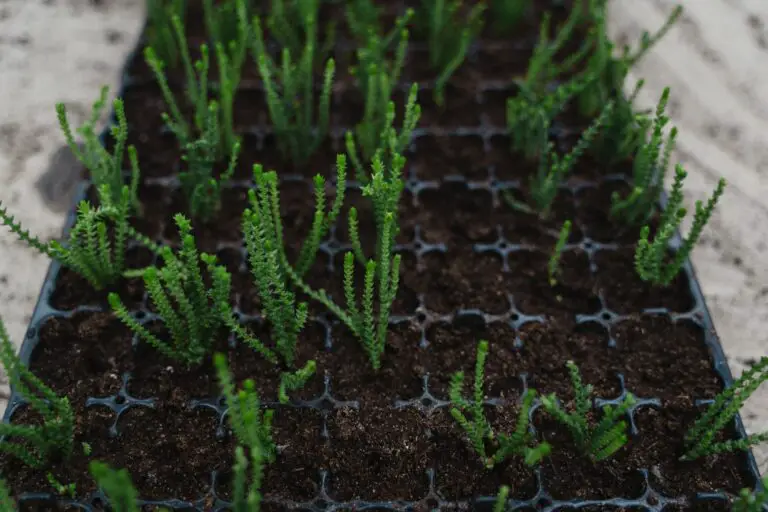
Real-life examples abound; consider the story of a determined gardener who, after several attempts, finally achieved a harmonious ‘Hokidachi’ broom style with her Crassula ovata. Her secret? She allowed the plant’s natural inclinations to lead her pruning decisions, resulting in a breathtakingly symmetrical bonsai that’s become the talk of her local gardening club. Spice up your knowledge on growing healthy succulents and see how the tenets of plant care can complement your bonsai endeavors.
As you drive forward in your quest for bonsai perfection, hold tightly to your artistic license. The Crassula is a forgiving canvas; mistakes are merely steps on the path to mastery. With a little patience and vision, your bonsai will evolve, just like the stark yet captivating plants found in the muted landscapes of old samurai strongholds—silent yet powerful.
Let your vision for your crassula bonsai take root, branching out in your imagination before you ever make the first cut. Whether you emulate a miniature version of the tree that enchanted you in your youth or draw inspiration from the rugged beauty of natural landscapes, in bonsai, as in life, the journey is as fulfilling as the destination—no conclusion required.
Pruning and Training Techniques for Crassula Bonsai
Embarking on the journey of cultivating your very own Crassula bonsai is akin to embracing a form of living art. The miniature size of a bonsai belies the grandeur it holds – a symbol of nature’s resilience and beauty on a diminutive scale. However, to sculpt your Crassula into a serene Zen masterpiece, you need to learn the nuanced art of pruning and training. Let’s dive into this process and transform your bonsai with intent and vision.
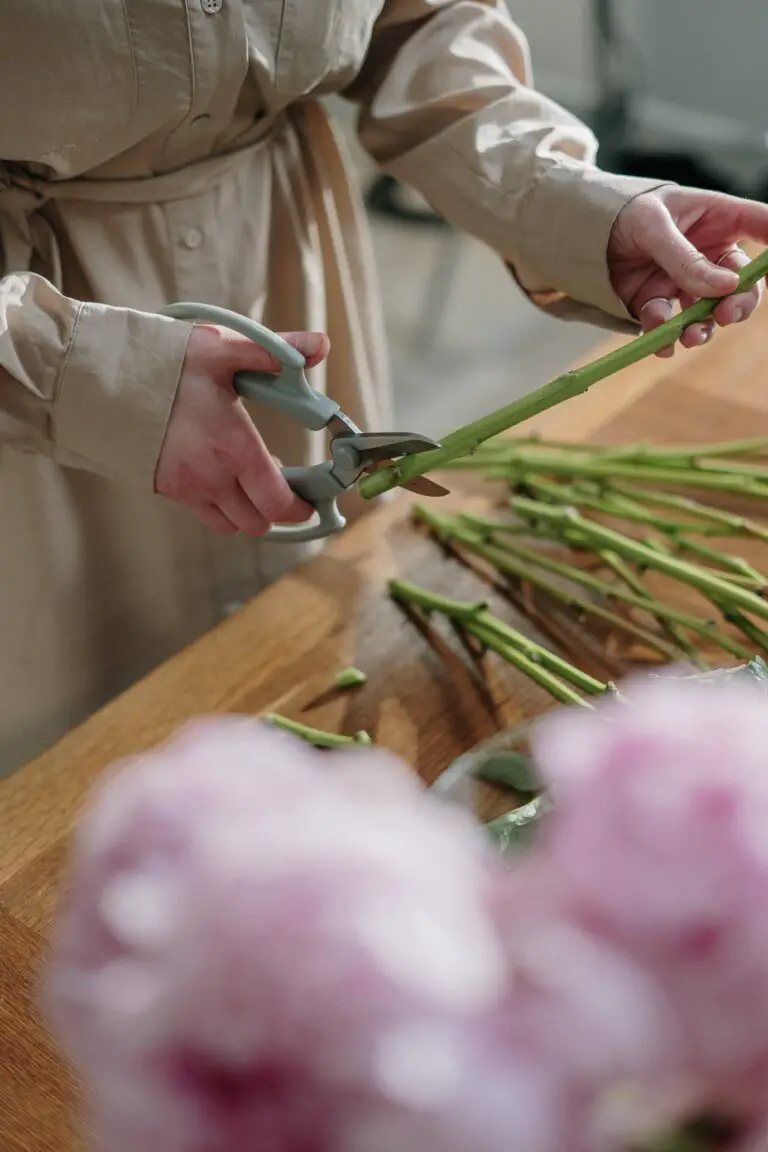
Understanding the Best Time for Pruning
The rhythm of pruning your Crassula bonsai is critical. You’ll want to sync with the plant’s growth cycles, sharpening your shears as the vigorous growth phase kicks in. For most Crassulas, this means as spring unfurls its warm embrace. Pruning during this period ensures a quick recovery for your bonsai, allowing it to flourish with new foliage and branches that adhere to your desired aesthetic.
The Art of Pruning with Precision
Pruning is not just about cutting away; it’s about envisioning the future form of your Crassula bonsai. Each snip should be purposeful, contributing to the desired shape and health of the plant. Using clean, sharp tools, target overgrown branches, deadwood, and any foliage that disrupts the harmony of your tree’s miniature landscape. Imagine a scene in nature – your bonsai should echo the tranquility and order found in the wilderness. Remember, every cut is an opportunity for new growth, guiding your Crassula towards its very own Zen awakening.
Training Techniques for a Miniature Marvel
Training your Crassula bonsai goes hand-in-hand with pruning. The use of wire can be transformative, subtly bending and guiding branches into the flow of an ancient tree weathered by time. However, undertake this with a gentle touch; the flexibility of Crassula allows for shaping, but its succulence means it’s susceptible to damage if handled too roughly. Wrap wire carefully around the branches, considering the eventual thickness they will attain as they grow. Less is often more when training a bonsai; subtle shifts can lead to a dramatic future silhouette.
Real-life examples abound in the bonsai community, where enthusiasts have shaped their Crassulas into windswept wonders, or trees that mimic the rugged cliffs of a mountain range. Picture a Crassula bonsai that leans ever so slightly, as if caressed by a persistent coastal breeze – this is the potential of mindful training.
Mastering the pruning and training of your Crassula bonsai is an ever-evolving discipline, one that requires patience, vision, and a connection to the miniature world you are tending to. By applying these techniques with care and reflection, your Crassula bonsai will not just grow; it will thrive as a living testament to the Zen within both nature and yourself.
Potting and Repotting Essentials
Envision creating a miniature Zen sanctuary in your home—a tiny oasis that captures the spirit of a centuries-old tradition right on your windowsill. That’s the charm of a Crassula bonsai, a plump, leafed succulent that’s become a favorite for bonsai enthusiasts. But as inviting as that sounds, this miniature marvel doesn’t just spring into form without some upfront TLC, particularly when it comes to its foundation: the pot.
Choosing the right abode for your Crassula bonsai is a bit like matchmaking. You need a pot that complements its unique features while also providing the support it needs to thrive. The perfect pot isn’t just about aesthetics; it’s about harmony between containment and room to grow, between visibility and protection. What does this look like in real life? Imagine your Crassula bonsai’s roots gently spreading out in a pot that’s just spacious enough, allowing them to breathe and draw in nutrients without constraint.
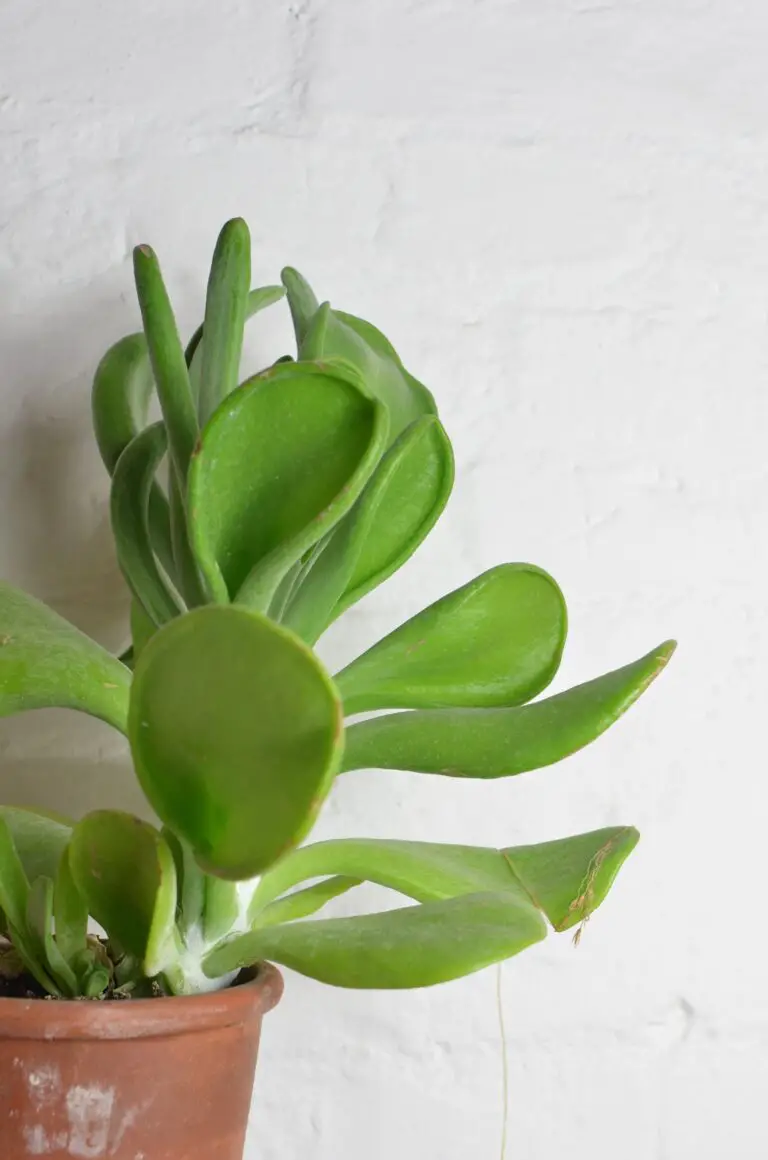
Speaking of breathing, let’s not forget about drainage. This is no diva demand—it’s downright essential. Without proper drainage, your Crassula bonsai’s roots could end up swimming in excess water. What you want is a pot with holes that whisper, “Goodbye, excess moisture,” and “Hello, just the right amount of hydration.” It might not be a topic that dominates dinner conversation, but every seasoned bonsai cultivator knows the sorrow of root rot and the joy of a well-drained pot.
Now, as important as the right pot is, the magic really happens when it meets the perfect soil mix. Picture the ideal partner for your Crassula bonsai: a soil blend that’s part rock star, with ingredients like pumice or perlite for superior drainage, and part nutritionist, with organic matter that feeds your bonsai’s soul—er, soil. Your bonsai’s roots aren’t just sitting pretty; they’re active participants in a potting mix that ensures they remain healthy and free from the dreads of stagnation and compaction.
Timing is everything, and that’s why the process of potting and repotting deserves a highlight. Imagine you’re arranging a spa day for your bonsai. Every couple of years, it’s time to refresh the setting, to give those roots new horizons and replenish the soil that’s been their loyal companion. It’s more than just routine maintenance; it’s a renewal ritual that keeps your crassula bonsai energized and expanding towards its miniature tree potential.
Remember, whether it’s potting for the first time or the fifth repotting, the essentials are the same: a harmonious pot, meticulous drainage, and rejuvenating soil composition. This is the trinity that will ensure your Crassula bonsai not only survives but thrives, bringing you closer to masterfully cultivating your very own miniature Zen garden.
Crassula Bonsai Watering and Feeding
Imagine your Crassula bonsai as a mini warrior, a living sculpture gracing your space with its quiet strength. To ensure this resilient warrior stays vibrant, a nuanced approach to hydration and nutrition is key. Let’s dive into the essence of what makes or breaks the vitality of your Crassula bonsai – the art of watering and feeding.
Decoding the Watering Ritual
When it comes to watering your Crassula bonsai, think of it as crafting the perfect cocktail: too much and it’s overwhelming, too little and it falls flat. The goal is to strike a balance that maintains the plant’s Zen-like tranquility. Water deeply, allowing the water to run out of the drainage holes, but only when the soil is dry to the touch. This method encourages robust root growth and mirrors the natural arid habitats from which these stoic plants hail.
Real-life scenario: Picture a Crassula in its native, rocky environment, thriving with the occasional downpour that quenches its thirst just enough to sustain its spirited growth until the next rainfall. Emulating this rhythm at home means watering approximately once every two weeks. Still, this is not a one-size-fits-all rule; seasonal changes and indoor climates play a pivotal role. When winter whispers its arrival, it’s time to reduce watering frequency, encouraging your mini Zen garden to embrace a period of rest.
The Fine Art of Feeding
While the Crassula bonsai conserves its resources stoically, feeding is not an aspect to be overlooked. When spring unfurls its green tendrils, signaling the start of the growing season, a balanced, water-soluble fertilizer can be introduced monthly to support new growth. Beware of overzealous feeding, though; imagine a nourished, well-toned athlete rather than an overfed pet.
As your Crassula bonsai bursts with vitality, let’s not forget the silent, underground happenings. The roots, intertwined in a dance within the confines of its pot, require a light touch. Nutrients should be provided in a diluted form, half the strength recommended on the fertilizer package, to prevent root burn and ensure the longevity of your miniature garden’s visceral energy.
Visual learners, rejoice! The accompanying video is infused with valuable insights on watering and feeding your Crassula bonsai, showcasing real-world examples to illuminate your path to bonsai mastery. Grab a cup of tea, click play, and let your journey into Crassula bonsai care begin.
Now, equipped with this knowledge, watch how your Crassula bonsai takes on a new lease of life. By mastering these elements, watering and feeding become intuitive – a harmonious part of your routine that nurtures not only your plant but also the tranquil sanctuary of your living space.
Common Pests, Diseases, and Problems
As tranquil and self-contained as your Crassula bonsai may appear, it is not immune to the trials of the natural world. Like any plant, it can fall prey to the nimble trespassers of the insect realm, mysterious maladies, and the wayward whims of its environment. Let’s investigate the usual suspects and how you can safeguard your diminutive Zen garden.
Aphid Incursions: The Tiny Tyrants
Picture a quiet morning; dew has delicately adorned your bonsai’s leaves, the sun breaks over the horizon, and… what’s this? A horde of aphids has decided to make your Crassula their new banquet hall. These sap-suckers are small but mighty, capable of turning vibrant foliage into a lackluster yellow. Knock these pests off their pedestal with a spritz of soapy water or introduce their natural predator, the ladybird, for a more organic approach.
Fungal Foes: The Silently Spreading Scourge
Where moisture lingers, trouble often follows. Fungi, such as powdery mildew or root rot, can stealthily encroach upon the health of your Crassula bonsai. Keep an eye out for unusual whitish patches or a base that’s too soft—a sign that your bonsai’s foundations are wavering. Fight back with adequate airflow and careful watering. Your bonsai’s microclimate should not resemble a rainforest unless that’s the theme of your Zen garden.
Environmental Unbalance: The Invisible Strains
The air we breathe seems benign enough, but for your Crassula bonsai, it can be a minefield of potential stress. A spot too sunny can scorch its leaves, while a shady corner can leave it languishing. Temperature shocks can result from a drafty windowsill encounter or the blast of a nearby heating vent. Striking the perfect equilibrium for your bonsai is akin to setting the thermostat for a Goldilocks greenhouse: not too hot, not too cold, but just right.
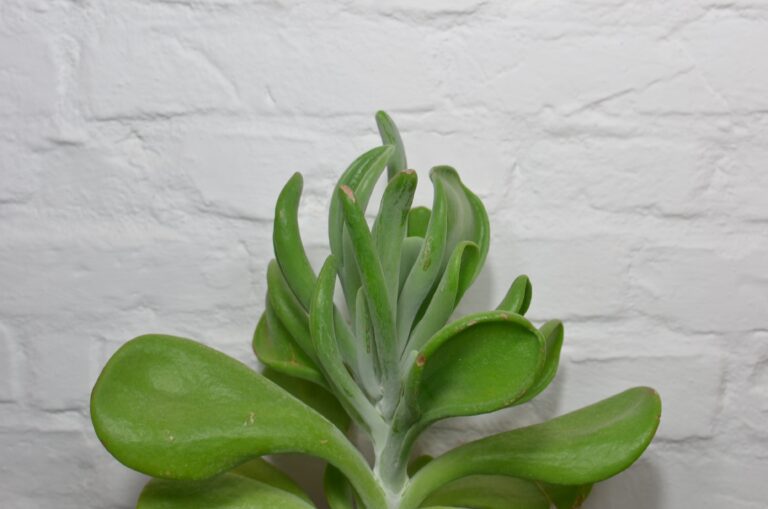
Let’s remember, the Crassula bonsai is not only a living sculpture but a resilient one at that. With these guidelines, and a dose of attentive care, your miniature landscape will thrive and continue to instill a sense of peace and natural beauty to your space. Now, take up the mantle of protector and ensure that these vexing visitors and cryptic conditions are but a fleeting challenge in the life of your bonsai.
Crassula Bonsai Display and Aesthetics
Imagine walking into a room and being greeted by the serene presence of a Crassula bonsai, its miniature stature commanding an unspoken respect while it sits in silent meditation. This is no ordinary plant—it’s an art form, a living sculpture that has the power to transform any living space into a bastion of tranquility. But how do we ensure our tiny green friend shines in its full glory? Let’s dive into the world of Crassula bonsai display and aesthetics, and turn our homes into an oasis of peace.
First off, placement is everything. Consider the natural habitat of the Crassula—rocky outcrops under the South African sun. To honor its roots, choose a sunny spot where your bonsai can bask in the warm glow of the morning sun. A sturdy wooden pedestal or an understated ceramic stand can elevate your Crassula, making it a focal point without overshadowing its simplistic beauty. There’s an unspoken power in raising the bonsai up, as if acknowledging its stature in the plant kingdom.
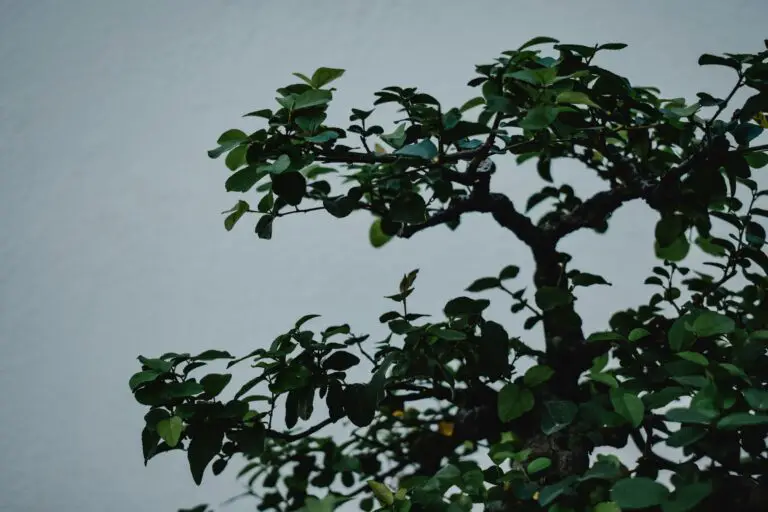
Harmony with Your Home
The key to Crassula bonsai aesthetics is not just about the tree itself, but how it harmonizes with the surrounding environment. Consider the color palette of the room. Soft, muted tones can accentuate the green hues of the bonsai’s foliage, while a bolder backdrop might celebrate its rugged, sculptural form. Imagine a Crassula perched against a deep navy wall—an unexpected pairing that showcases the plant’s vibrant life energy.
Elemental Companions
Want to take the display up a notch? Introduce elements that speak to the essence of the Crassula bonsai. A small collection of river stones or a piece of driftwood can reflect the bonsai’s connection to the earth, adding a layer of depth to its story. Think of these elements as companions, each contributing to a narrative that your bonsai has been whispering for years—maybe even decades.
Let’s not forget about lighting. A strategically placed light source can cast dramatic shadows, highlighting the Crassula’s twists and curves, turning it into a living masterpiece as the sun dips below the horizon. It’s these subtle touches that elevate our appreciation, making us stop and take a moment to live in the now, with our miniature Zen garden as the anchor.
So there you have it. Displaying your Crassula bonsai isn’t just about finding the right spot; it’s about creating a dialogue between the plant, its surroundings, and you. It’s about crafting a space where each element complements the other, where the beauty of nature meets the curated hand of humanity. With a little bit of thought and creativity, your Crassula bonsai will not just live in your home—it will bring your living space to life.
Propagation: Growing New Crassula Bonsai
When we think of mastery in the art of bonsai, the vision of creating miniature landscapes often comes to mind. However, a less celebrated but equally fascinating aspect of bonsai mastery is the art of propagation. Imagine: with a single leaf or cutting, you have the potential to cultivate an entirely new Crassula bonsai, branching out your own miniature Zen garden.
So, let’s dive into the green-thumbed wizardry of propagating new Crassula, a journey where a piece of one becomes the genesis of another. The process isn’t just fulfilling; it’s a sustainable means to expand your bonsai collection and even share it with fellow enthusiasts.
Finding the Perfect Cutting or Leaf
Your propagation starts with choosing robust, healthy donor plants. This can be one of your existing crassula bonsai or a friend’s specimen that catches your eye. Look for vibrant green leaves, a sign of good health, and select either a stem cutting or leaf that you can coax into a full-fledged bonsai sensation.

Rooting Your Future Bonsai
Once you have your chosen piece of Crassula, it’s as simple as gently tucking them into a well-draining bonsai medium that’s kept consistently moist. Nonetheless, don’t be fooled by the ease of this step; it’s here where patience becomes your greatest ally. In a few weeks, tiny roots will emerge, a moment that’s genuinely magical for any bonsai cultivator.
Remember, life begins with a sign of green—in this case, fragile roots extending like fine threads, seeking nourishment. It’s a miraculous process akin to watching a phoenix rise, only this time it’s in your miniature garden.
Caring for Your Propagated Crassula
But of course, it’s not just about watching roots grow. Caring for these newborn bonsai entails a delicate dance of water, sunlight, and love. Offer your young ones with early morning or late afternoon sun, a mild form of encouragement that nudicates them towards vibrant growth without the harshness of midday rays.
Watering them feels a bit like a meditation itself; a slow, contemplative process that fosters life. And as they grow from infants into mature bonsai, you’ll find an unspoken bond forming—a grower’s connection that is tangible in every new leaf and tender offshoot.
There you have it, the essence of propagating your crassula bonsai laid bare. It’s a testament to the joy of nurturing life, one cutting, one leaf at a time, all within the soothing embrace of your Zen garden. Go forth and multiply your green wonders, and witness the multiplication of tranquility in your life.
Frequently Asked Questions
Delving into the intriguing world of Crassula bonsai is like cultivating a miniature Zen garden that fits in the palm of your hand. But with such tiny beauty comes big curiosity, right? Well, let’s tackle some of those burning questions you might have!
How do I do right by my Crassula bonsai when it comes to care?
If you’re picturing yourself with a watering can in hand every day, pause right there. This little green gem prefers a “less is more” approach. Think of it like this: you wouldn’t cater a feast for someone who prefers a light snack, would you? Your Crassula bonsai digs a dry spell between waterings. The trick is to let the soil go completely dry before giving it a thorough drink. Overwatering is your bonsai’s nemesis; we’re keeping it zen, not marshy.
What about training my Crassula? How do I shape this mini marvel?
Envision the windswept cliffs of a dramatic coastline – that’s the natural artistry you want to mimic with your bonsai training. Use gentle wiring to guide those branches into serene, flowing forms that speak to you. Remember, it’s about the journey together, not a rush to perfection. Adjust the wires regularly to prevent any biting into the growing limbs. It’s a dance, you lead, and the Crassula follows.
Is there a right time for repotting these tiny trees?
Just like us, your Crassula bonsai yearns for a change of scenery occasionally. Every two to three years, provide it with a slightly larger pot to stretch its roots. A good rule of thumb is to repot during the warmer seasons when your bonsai is more likely to bounce back from the stress. Think of it as upgrading to a roomier home with a better view!
Ouch, my Crassula bonsai looks under the weather. How do I troubleshoot?
Don’t panic! These resilient little warriors can come back from many an ailment. Yellow leaves? Could be overwatering. Limp, sad-looking plant? Maybe it needs more sun, a heroic dose of those golden rays. Always check for pests or diseases; these bonsai are tough but not invincible. And before you rush to remedy, examine your care routine – it could just be craving some consistency.
For a visually inclined understanding, feast your eyes on this comprehensive video about Crassula bonsai care.
Remember, every Crassula bonsai is unique, requiring patience, observation, and a touch of intuition. Keep these FAQs in your back pocket, and enjoy the mindful art of cultivating your personal slice of tranquility.


